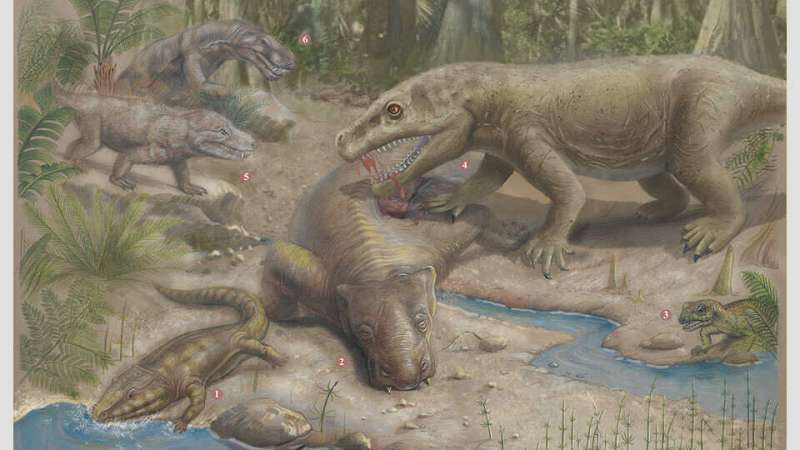Dear Members,
You may already know the following news of Burlington House where the Geological Society and other learned societies are based. This affects us directly as The Geological Association, of which we are a Local Group, is also based within the Geological Society and we have monthly and other meetings there and also occupy offices in the basement.
“Burlington House Under Threat
Rents of the Learned Societies in Burlington House have risen 3000% since 2012 and are set to bankrupt them. Burlington House was originally conceived to bring together major cultural and scientific learned societies. Unless they can come to a reasonable agreement on affordable rents with the government, they will have to find alternative accommodation that will divert their precious resources. The Geological Society, the Linnean Society, the Astronomical Society and the Antiquarian Society are all under threat. An article in the Observer on Sunday 28 February highlighted the problem:
www.theguardian.com/science/2021/feb/28/under-threat-the-birthplace-of-darwins-historic-theory, and the Geological Society of London launched a campaign with the other societies to reverse the rent rises. Conservative MP Tim Loughton is leading a cross-party group of MPs trying to secure a long-term deal for the societies with the Ministry of Housing, Communities and Local Government. The Geological Society outline ways in which members of the public can help with the campaign and anyone interested should follow the link:
www.geolsoc.org.uk/burlingtonhouse.”
------------------------------------
The following are extracts from the Geological Society’s web site.
“The Geological Society moved to Burlington House in 1874 by agreement with the Government of the day. Up until the first lease period (2005) the Society’s Burlington House ‘apartments’ bore no rental costs or external upkeep responsibilities.
In 2004, HM Government challenged in the High Court the legal basis of occupation of Burlington House by the five learned societies, including the Society of Antiquaries, Royal Society of Chemistry, Royal Astronomical Society and Linnean Society. The case concluded in 2005 with court-directed, fast track mediation under which the societies agreed terms of occupation under new leases. With effect from January 2005, after a 2-year rent-free period, rent was initially minimal.
Following a 2012 lease valuation resulting in an appreciable rent increase, a collective arbitration was initiated reflecting concerns around the valuation process and comparators being employed. In late 2016 the arbitrator found comprehensively in favour of the Landlord, concluding that the mechanism for the determination of rental value was being followed properly and the valuations used were not wholly unrealistic or negligent. Given the absence of independent valuation, the tenants were not entitled to dispute matters of valuation judgment exercised by the Landlord.
Last year the rent for the Geological Society was £217,000 and under the current agreement rents will rise by c. 8% p.a. for at least the next five years. This means a 50% rise in five years and a 100% rise in the next nine years.
The Society is asking the Government to recognise the value of having the learned societies and historically important libraries, archives and collections situated at Burlington House. We are asking Government to work with us to agree an affordable long-term arrangement for the Society to remain at its home, ensure that we and our fellow societies continue to deliver value to the UK economy and society.
Government originally brought the Society to Burlington House under a bespoke arrangement which has delivered immense public value as a hub of cultural and scientific discovery. Historical circumstance places a duty upon the Government to find a workable, affordable arrangement which recognises the value of the Society’s activities, its library and collections to the nation.
If an affordable arrangement cannot be agreed, we will have no choice but to seek alternative accommodation. This will divert crucial funds from our core activities, adversely impacting our science, policy, education, outreach and professional standards work .
We ask those in support of the Society remaining at Burlington House to write to their MP to ask for an affordable, long-term agreement to be put in place, and to help raise further awareness of the campaign by retweeting @GeolSoc, and by using the hashtag #SupportGSL.”
Jean Sippy
Hon. Secretary
Harrow and Hillingdon Geological Society
www.hhgs.org.uk
Tel: 020 8422 1859
------------------------------------




